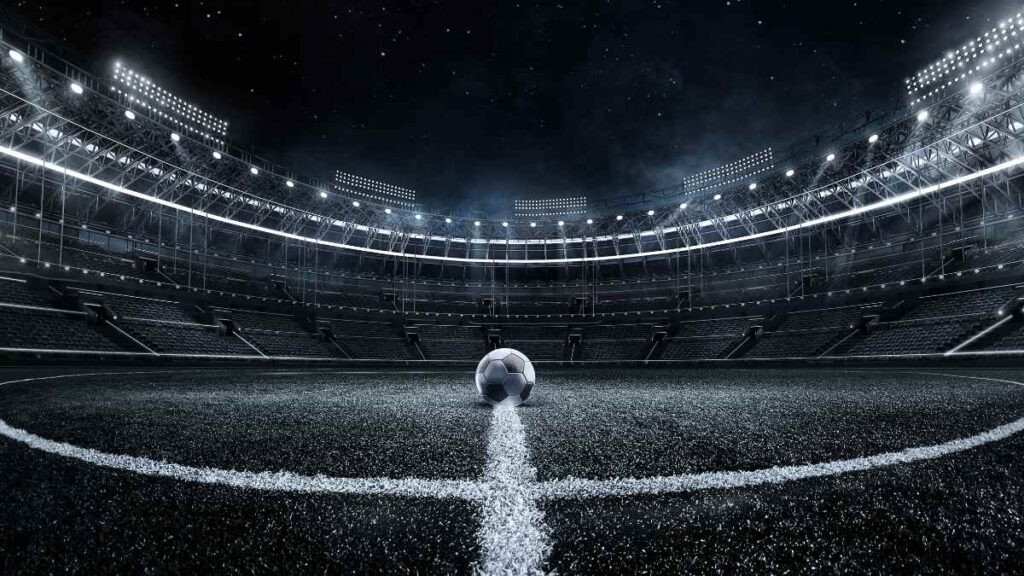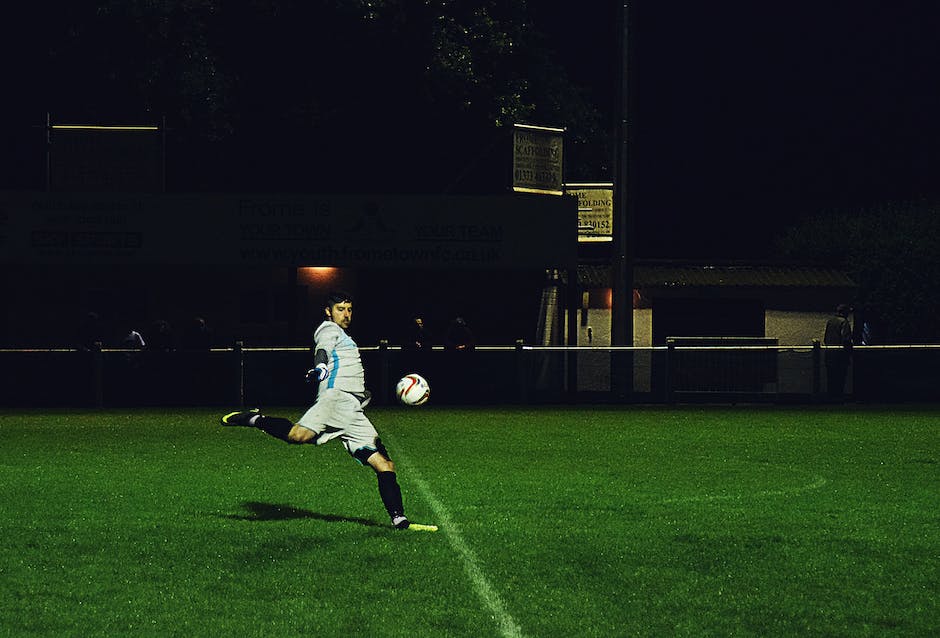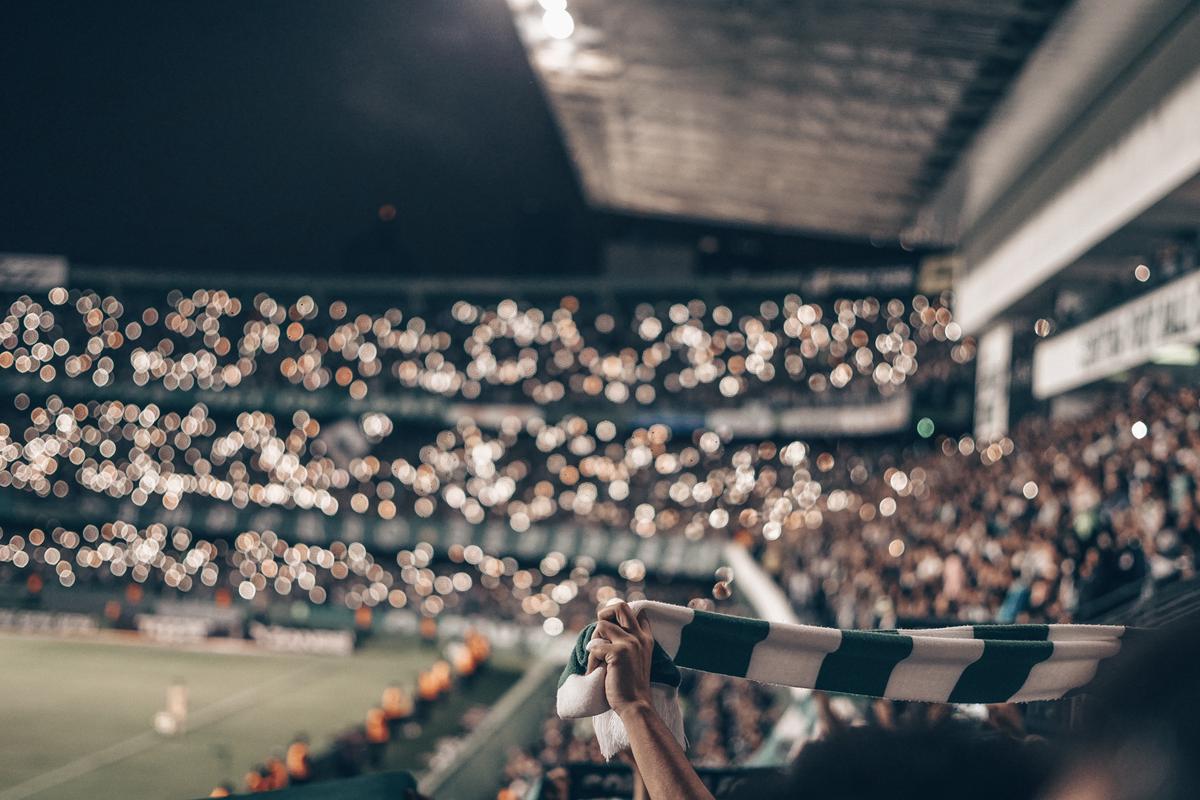The world of soccer, famously known as football beyond the borders of the United States, is replete with intense rivalries that have been woven into its fabric since the birth of the sport. From neighborhood tales to international narratives, the rivalry aspect of football has been a driving force in attracting millions worldwide to this beautiful game. This exposition delves into the heart of these rivalries – their beginnings, their metamorphosis, and the profound impacts they have on both fans and the sport itself. The passion, heated exchanges, iconic games, and distinct differences borne out of not just sporting competition, but also cultural, historic, and societal factors, paint a vibrant tableau that makes football much more than just a sport.
The Genesis and Evolution of Football Rivalries
Football Rivalries: A Cultural Phenomenon
Football rivalries, a phenomenon that sets hearts racing and stadiums roaring, is as integral to the sport as the ball itself. These rivalries typically originate from a deep-rooted history of competition between teams hailing from the same city or region. They grow into embers of passionate feuds, fueled by both the players on the field and the fervent fan bases off it.
The Power of History and Culture
The most famous football rivalries have historical and socio-cultural factors that underlie their intense competition. Take the “El Clásico,” for instance – a bi-annual clash between Spanish giants, FC Barcelona and Real Madrid. While on the surface, it’s a battle between two of the world’s most successful football clubs, the history runs deeper. This rivalry mirrors the political and cultural tensions between Catalonia (where Barcelona is based) and the rest of Spain, solidifying a rivalry that has transformed the matches into a platform for cultural symbolism.
Religion, Society, and the Old Firm Derby
Staying in Europe but moving north, the “Old Firm” derby in Scotland is a fierce battle between Glasgow’s two biggest teams, Celtic and Rangers. This rivalry, dating back to 1888, is steeped in religious, social, and political divisions. With Celtic fans traditionally being Roman Catholic and Rangers supporters Protestant, the match extends beyond the realm of football, often serving as a battleground for sectarian struggle.
Regional Pride and Industrial History
In England, the “North West Derby” between Manchester United and Liverpool is a testament to the cities’ competitive spirit as major industrial hubs during the 19th century. Though both teams have had their fair share of success, the rivalry, fueled by the pursuit of footballing supremacy and historical regional pride, remains as strong as ever.
Divided Nations: The Superclásico
In South America, the “Superclásico” between Argentine clubs Boca Juniors and River Plate is touted as one of the biggest derbies in the world. Originating from the Buenos Aires neighborhood of La Boca, the rivalry splits not only the city but the entire country. Drawing roots from social class disparity (with Boca viewed as the working-class team and River Plate seen as the upper-class favorite), this rivalry exemplifies the socio-economic tensions within Argentine society.
The Milan Derby: Social Fabric and Football
Similar dynamics underlie the “Milan Derby” in Italy, also known as the “Derby della Madonnina,” between Inter Milan and AC Milan. The former was historically supported by the working class, while the latter attracted a more affluent fan base. The match therefore has ramifications not just on the league table, but on the city’s social fabric as well.
A Look Into Renowned Football Rivalries
Football rivalries represent more than just sports confrontation, they are a vibrant display of historic, sociocultural, and regional disagreements unfolding on the football field. From the vibrant cultures of Buenos Aires and Glasgow, to the historic streets of Milan and Madrid, these rivalries are deeply embedded with elements of political conflict, economic disparities, and regional pride, making them far more significant than just a sporting event. The ripple effect of these classic football rivalries touches the very fabric of society, positioning football as a critical mode of cultural expression worldwide. These rivalries, as fiercely contested as they are steeped in history, inject an unparalleled spirit into the beloved game.

Most Notorious International Football Rivalries
The England-Germany Saga
The longstanding rivalry between England and Germany spans much of the post-World War II era. It erupted in intensity after the 1966 World Cup where England emerged triumphant against West Germany in a hotly-debated final. The match concluded 4-2 after extra time, courtesy of an English goal that sparked an ongoing debate for over half a century about whether the ball truly crossed the line. Over the subsequent years, the rivalry has been characterized by many dramatic clashes, with the semi-finals of the 1990 FIFA World Cup as a notable mention.
Argentina vs. Brazil
Considered the biggest international football rivalry, the Argentina versus Brazil match-up is provocatively physical and intensely passionate. This rivalry has its roots in history that transcends beyond the football pitch, involving political, economic, and social grievances. The most notable match between these two nations was the 1990 World Cup Round 16 clash, where Argentina – driven by Diego Maradona’s magic – pulled off a shock victory against a dominant Brazilian side.
Uruguay vs. Argentina
This South American clash is one of the oldest rivalries in football history. It began at the dawn of international football – the first official match was in 1902. The most iconic match is perhaps the 1930 World Cup final, where Uruguay defeated Argentina at their home ground. This sparked intense feelings of enmity between the two nations, making every match-up an anticipated event.
Netherlands vs. Germany
The rivalry between the Netherlands and Germany is another one rooted in historical events that go beyond football. While this rivalry took shape after the Second World War, it gained prominence when West Germany defeated the Netherlands in the 1974 World Cup final. Each time these teams meet, spectators can expect high levels of excitement, determination, and commitment from both sides.
Italy vs. France
Italy and France have a long-standing rivalry that has produced some of the great footballing moments. The infamous incident during the 2006 World Cup final, where French captain Zinedine Zidane headbutted Italian defender Marco Materazzi and got sent off, epitomizes the emotionally charged matches these teams often play. Nonetheless, these clashes are often a joy to watch, known for their tactical battles and stunning individual performances.
Spain vs. Portugal
In what’s often referred to as the ‘Iberian War,’ Spain and Portugal’s football rivalry originates back from 1921. Spain has generally been the more victorious team, however, Portugal always ensures that these matches are no easy feat. These games are characterized by brewing tension and competitiveness, making them some of the most high-profile matches in international football. A notable example would be their high-stakes encounter during the 2012 Euro semi-final, which ended in a dramatic penalty shootout.

Classic Club Rivalries in Football
El Clásico: FC Barcelona vs. Real Madrid
In Spain, a famous football rivalry resonates worldwide between FC Barcelona and Real Madrid. Known as “El Clásico,” it’s more than just a game—it represents years of regional and political turmoil. FC Barcelona stands as a symbol of Catalonian nationalism, while Real Madrid embodies Spanish unity. The competition between these clubs go beyond mere football, representing a battle for dominance that envelops Spain’s historical, cultural, and political atmosphere. Thus, this makes every victory more significant than just claiming three points—the clubs don’t just vie for supremacy in football, but also in their intertwined histories and regional identities.
Manchester Derby: Manchester United vs. Manchester City
Located in Manchester, England, these two top-tier teams’ rivalry dates back to 1881. Known as the Manchester Derby, these matches have grown in recent years due to Manchester City’s rise to a powerhouse club. In earlier years, Manchester United’s successful spell under Sir Alex Ferguson overshadowed City’s performances. But City’s new wealth has intensified this rivalry that extends beyond the football ground — it’s a rivalry between Red and Blue, history and new money, tradition and transformation.
Superclásico: River Plate vs. Boca Juniors
In Argentina, Superclásico is the name given to the match between Buenos Aires rivals River Plate and Boca Juniors. This rivalry is renowned for its passion, emotion, and vibrant atmosphere in and outside the stadium. The origins of this clash trace back to the socio-economic difference between the fans; Boca Juniors was traditionally seen as a club for the working class, while River Plate represented the more affluent sectors of society. This rivalry showcases the vast cultural differences that exist within the city and the nation.
Milan Derby: AC Milan vs. Inter Milan
This Italian rivalry known as the Milan Derby, or Derby della Madonnina, grew from a split within the Milan Cricket and Football Club over the signing of foreign players. This disagreement led to the creation of Internazionale Milano, known as Inter Milan, in 1908, and thus, the fiery rivalry began. The intrigue of the Milan Derby stems from the fact that both teams share the same stadium — the San Siro — making their encounters highly anticipated battles on home turf for both clubs.
Merseyside Derby: Everton vs. Liverpool
Another English rivalry, the Merseyside Derby between Everton and Liverpool, gets its name from the Mersey River that runs through Liverpool. While not as globally high-profile, the games are famous for their highly competitive nature and local bragging rights. This derby stands out in that despite fierce competition, it retains a sense of friendliness, with members of the same family often split between the two teams.Football isn’t merely a sport; it’s an encapsulation of societal, cultural, and political identities that tags along with passion, emotion, and thrill, captivating not only fans but global spectators. Comprehending these rivalries offers a deeper understanding of not just the game of football, but also the various societal facets that the football clubs represent.

Photo by emersonvieira on Unsplash
Impact of Football Rivalries on Fans and the Sport
The excitement in watching football isn’t solely for the matches but also as a result of the intense rivalries prevalent within the game. Often a result of competition, cultural differences, geographical closeness or historical occurrences, these rivalries stoke the inherent exhilaration linked with this iconic game, making it much more stimulating whether you are witnessing from the stadium or your living room.
Impact on Fan Culture
The heart of football culture is arguably its rivalries – they give birth to classic competitions, unforgettable moments, and age-old traditions. The passionate fervor of fans watching their team during a derby, a term used to refer to a match between local rivals, is difficult to replicate in other fixtures. The heated atmosphere often transcends the football pitch, and the clashes in the stands often mirror those on the field, contributing to a unique buzz of anticipation every football season. Football rivalries make the victory sweeter and losses harder, thus amplifying the emotional involvement fans have with the sport.
Promotion of the Sport’s Popularity and Dynamics
Without a doubt, rivalries contribute towards the popularity and dynamic nature of football. These rivalries often catch global attention, leading to large viewerships and extensive media coverage. For instance, the “El Clásico” between Barcelona F.C. and Real Madrid C.F. in Spain or the “Superclásico” in Argentina between Boca Juniors and River Plate are watched by millions around the globe. These hotly contested match-ups add riveting narratives to the sport, keeping fans engaged and attracting new ones to it.
Negative Impacts of Football Rivalries
Football rivalries, while thrilling for the sport, are not without their downside. They can sometimes elevate to animosity and result in violent clashes between fans, tarnishing the reputation of the sport. Instances of hooliganism, vandalism, and even physical harm are unfortunately not unheard of when emotions run high during these fiercely contested matches. The hatred fostered by rivalries also places immense pressure on the players and can often lead to aggressive behavior on the pitch, provoking disciplinary actions such as red cards and suspensions.
Positive Impacts of Football Rivalries
Conversely, football rivalries also have several positive impacts on the sport and its participants. When these rivalries are healthy and sportsmanship is prioritized, they push teams to their best performances, raising the overall standard of play. Players often use these rivalries as motivation to improve their skills and perform better, contributing to their personal and professional growth. In addition, these rivalries can foster a sense of unity and identity among the supporters, bringing communities closer together through shared experiences and emotions.
In conclusion, football rivalries create an extra spark in the world of sport enhancing the football culture. Although rivalries harbor potential for hostility and violence, they also inspire unity and passion, ultimately driving the popularity and dynamism of the sport.

Football rivalries with their fiery passion and historic significance add an additional layer of vibrancy and intrigue to the world’s most popular sport. They serve as an outpouring of local identities, historical conflicts, and cultural differences, and at times, unfortunately stir up violence and hatred. Yet even in the face of misfortune, they provide opportunities for unity, mutual respect, and an undeniable passion for the game. Regardless of the sentiment they evoke, these famous rivalries undeniably scatter remarkable moments and indelible imprints on the minds of fans and history of the sport, asserting football as an integral part of the cultural tapestry around the globe.




